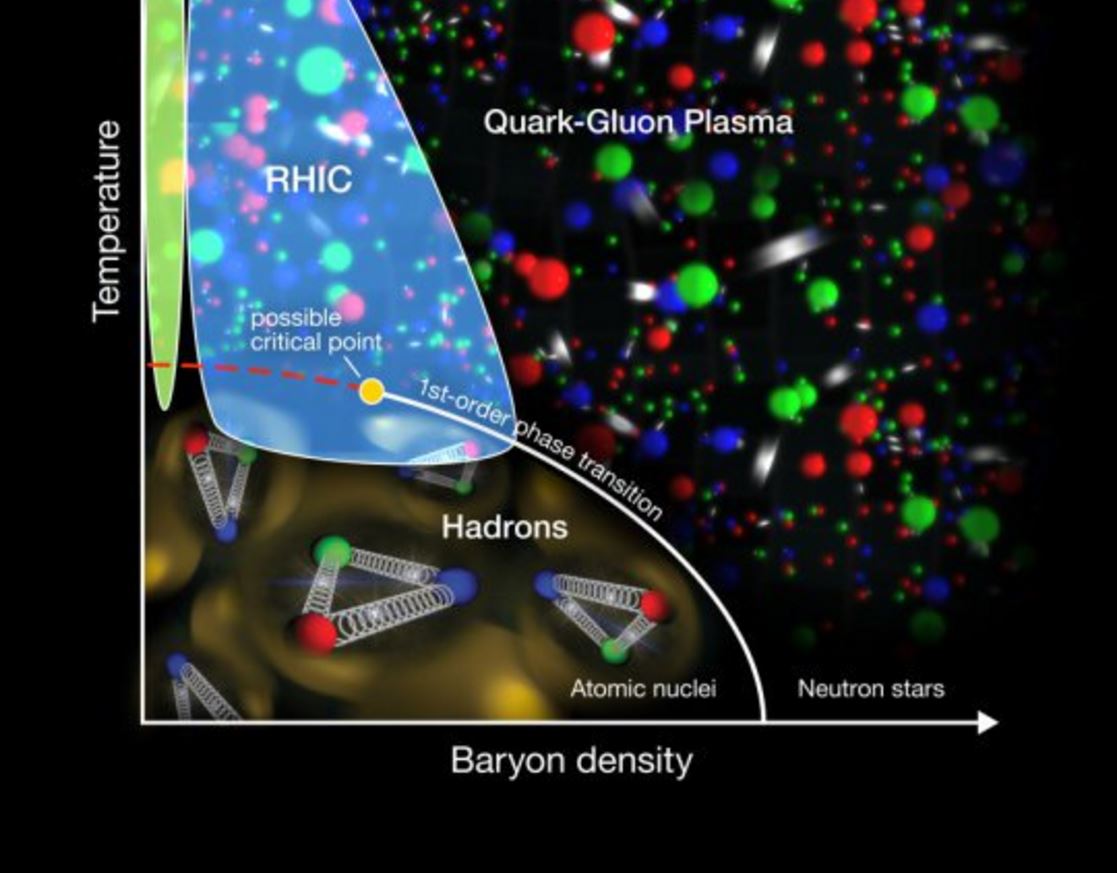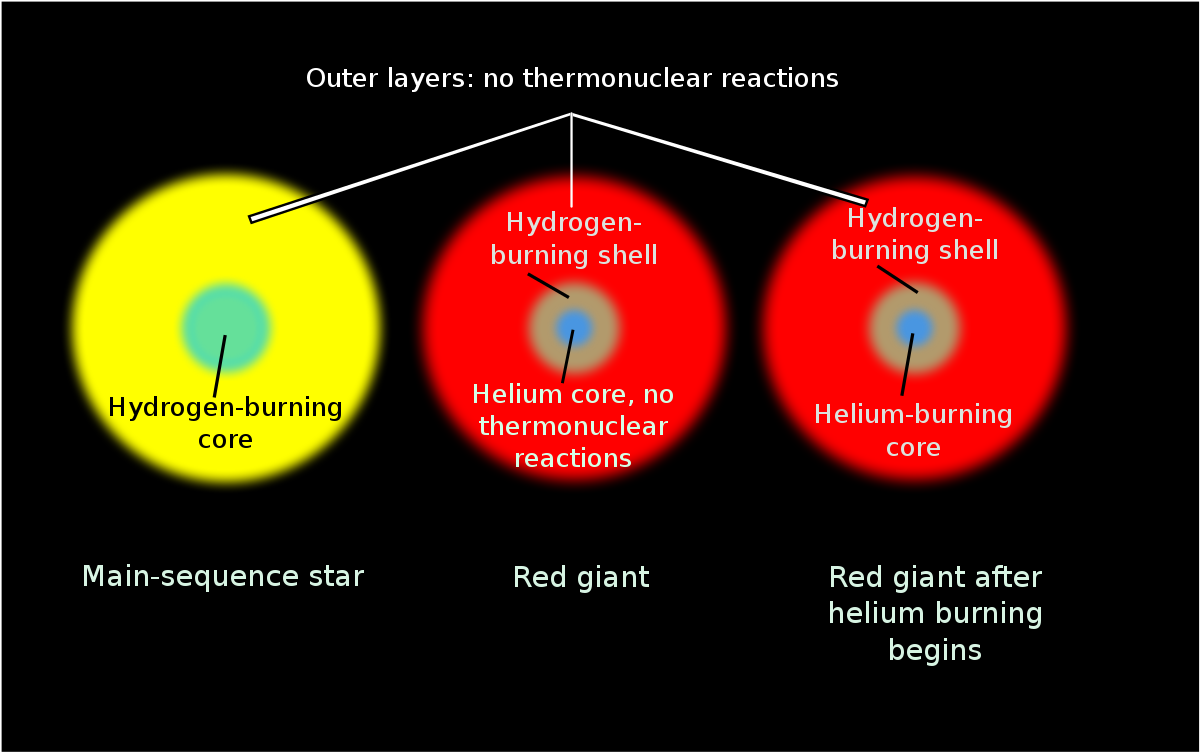Helium was crafted with love by the RocketTheme team to showcase the capabilities of the Gantry 5 framework. Helium is open source and available for free under a dual license system (MIT or GPL version 2 or later). You do not have to keep the Gantry or RocketTheme links and logos in the front end, however, you must ensure that all copyright. Liquid Hydrogen is an extremely small element under high pressure, and it will also slowly escape any given container. A storage container for Liquid Helium/Hydrogen placed inside of a storage container of liquid Nitrogen at greater pressure than the Helium/Hydrogen, may work as a mechanical method of containing the helium/hydrogen.

NASA STTR 2010 Solicitation

FORM B - PROPOSAL SUMMARY
Helium Hydrogen Mixture
| PROPOSAL NUMBER: | 10-1 T10.02-9885 |
| RESEARCH SUBTOPIC TITLE: | Energy Conservation and Sustainability |
| PROPOSAL TITLE: | Helium-Hydrogen Recovery System |
| SMALL BUSINESS CONCERN (SBC): | RESEARCH INSTITUTION (RI): | ||
| NAME: | TDA Research, Inc. | NAME: | Colorado School of Mines |
|---|---|---|---|
| STREET: | 12345 W. 52nd Avenue | STREET: | 1500 Illinois St. |
| CITY: | Wheat Ridge | CITY: | Golden |
| STATE/ZIP: | CO 80033 - 1916 | STATE/ZIP: | CO 80401 - 1887 |
| PHONE: | (303) 422-7819 | PHONE: | (303) 273-3519 |
PRINCIPAL INVESTIGATOR/PROJECT MANAGER(Name, E-mail, Mail Address, City/State/Zip, Phone)
Steven Paglieri
spaglieri@tda.com
12345 W. 52nd Avenue
Wheat Ridge, CO 80033 - 1916
(303) 940-5388
Hydrogen Helium Lithium Song


Estimated Technology Readiness Level (TRL) at beginning and end of contract:
Begin: 5
End: 6
TECHNICAL ABSTRACT (Limit 2000 characters, approximately 200 words)
Immense quantities of expensive liquefied helium are required at Stennis and Kennedy Space Centers for pre-cooling rocket engine propellant systems prior to filling with liquid hydrogen, for pressurizing tanks and for safely purging residual hydrogen. Presently, the helium used in these processes is discarded, along with substantial quantities of hydrogen. TDA Research proposes to design and build a compact, portable and cost effective membrane system for recovering, purifying and storing both helium and hydrogen. Recovered helium containing less than a few percent residual hydrogen can be re-used as a purge gas. The ultrapure hydrogen recovered concurrently may be burned as fuel or used to generate clean electricity in fuel cells. The performance of these high selectivity membranes has been demonstrated and is ready for implementation to solve this problem. In Phase I we will fabricate membranes and assess their performance by processing a simulated purge gas stream and determining the purities of the helium and hydrogen. We will also carry out a detailed engineering feasibility and cost analysis to determine the technical viability of scaling up the process in Phase II. TDA's system will help NASA conserve valuable hydrogen and the United State's rapidly dwindling and expensive non-renewable helium resource.
POTENTIAL NASA COMMERCIAL APPLICATIONS (Limit 1500 characters, approximately 150 words)
NASA consumes vast quantities of helium to safely test rocket engines for its space programs at Stennis and Kennedy Space Centers. Currently this helium is vented to the atmosphere, representing a loss of millions of dollars worth of this very expensive, non-renewable resource. NASA annually vents around 75 million standard cubic feet (SCF) of helium with a value of more than $6M. TDA's compact helium-hydrogen recovery system has the advantage of being portable so that it can be used to capture large and small purge streams at their source. Recovered helium containing less than a few percent residual hydrogen can be recycled as a purge gas. In addition to enabling cost effective helium recovery and purification for re-use at NASA's rocket launch and test facilities at Stennis and Kennedy Space Centers, TDA's helium-hydrogen recovery system will also recover the hydrogen that is vented during helium purging and lost to boil-off during the filling and storage of LH2 in propellant systems. Conservatively around 20% of this costly LH2 is lost through boil-off during system fills and storage. Recovered ultrapure hydrogen can be re-compressed and burned as a fuel or used to generate clean electricity on-site in fuel cells. TDA's helium-hydrogen recovery system conserves resources, saves money, and will make NASA's operations more sustainable.
POTENTIAL NON-NASA COMMERCIAL APPLICATIONS (Limit 1500 characters, approximately 150 words)
Helium and hydrogen are important gases used in large quantities in many industries such as metal refining, welding, fiber optics, semiconductor manufacturing and deep sea diving. A compact and efficient system for recovering this often wasted hydrogen (and helium from helium-hydrogen mixtures) at both large and small scales for re-use would save money and help conserve these resources. TDA's technology will be useful for extracting hydrogen from many industrial gas streams that are currently vented or flared in the oil refining, petrochemical, chemical, ammonia, methanol, chlor-alkali, metallurgical, and electronics industries. This ultrapure hydrogen may be recycled for re-use or used to generate clean electricity in fuel cells.
Hydrogen Helium Compound
TECHNOLOGY TAXONOMY MAPPING (NASA's technology taxonomy has been developed by the SBIR-STTR program to disseminate awareness of proposed and awarded R/R&D in the agency. It is a listing of over 100 technologies, sorted into broad categories, of interest to NASA.) |
Helium Hydrogen
Form Generated on 09-03-10 15:17